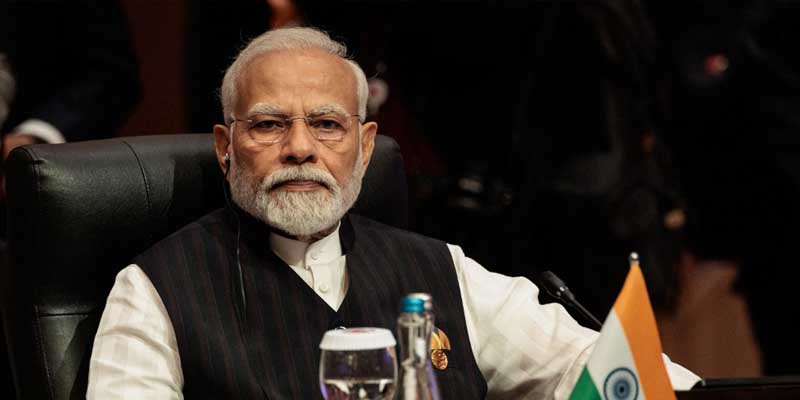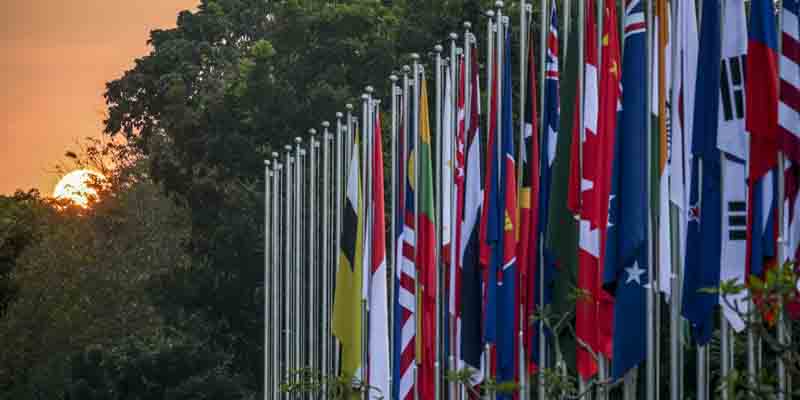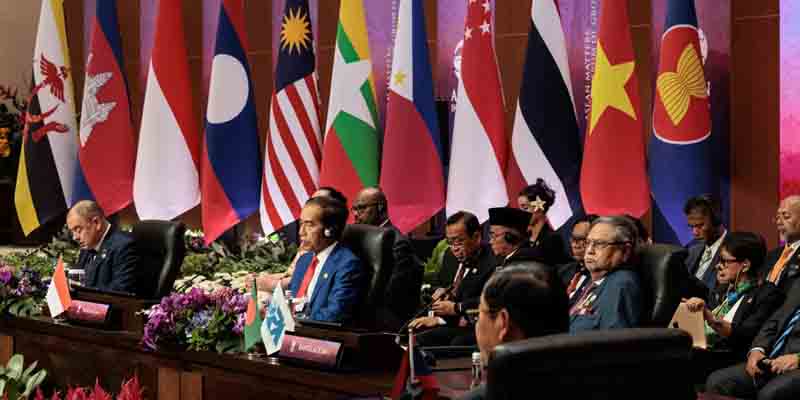- India
- Oct 08
Explainer - ASEAN & East Asia Summit
• Prime Minister Narendra Modi will visit Vientiane, Lao PDR, on October 10 & 11 to attend the 21st ASEAN-India Summit and the 19th East Asia Summit.
• Lao People’s Democratic Republic is the current Chair of ASEAN.
• India is marking a decade of the Act East Policy this year. Relations with ASEAN are a central pillar of the Act East Policy and Indo-Pacific vision.
• The ASEAN-India Summit will review progress of India-ASEAN relations through our Comprehensive Strategic Partnership and chart the future direction of cooperation.
• The East Asia Summit, a premier leaders-led forum that contributes to building an environment of strategic trust in the region, provides an opportunity for leaders of EAS Participating Countries, including India, to exchange views on issues of regional importance.
What is ASEAN?
• The Association of Southeast Asian Nations (ASEAN) was established on August 8, 1967 in Bangkok by five countries — Indonesia, Malaysia, Philippines, Singapore, and Thailand.
• There are currently 10 member states: Indonesia, Malaysia, Philippines, Singapore, Thailand, Brunei, Laos, Myanmar, Cambodia and Vietnam.
• In November 2022, ASEAN announced that it has agreed in principle to admit East Timor, also known as Timor-Leste, as the group’s 11th member. The half-island nation will also be granted observer status at high-level ASEAN meetings.
• The ASEAN Summit is the highest policy-making body in ASEAN comprising the heads of State or government of ASEAN member states. As per regular practice, the ASEAN Summit Meetings shall be held twice annually.
• The first ASEAN Summit was held in Bali, Indonesia on February 23-24, 1976.
• ASEAN is considered one of the most influential groupings in the region. India and several other countries, including the US, China, Japan and Australia, are its dialogue partners.
India-ASEAN relations
• ASEAN centrality has been, and will remain, an important aspect of India’s ‘Act East’ policy which is a central element in the country’s foreign policy.
• ASEAN-India dialogue relations have grown rapidly from a sectoral dialogue partnership in 1992 to a full dialogue partnership in December 1995. The relationship was further elevated with the convening of the ASEAN-India Summit in 2002 in Phnom Penh, Cambodia. Since then the ASEAN-India Summit has been held annually.
• At the ASEAN-India Commemorative Summit held in December 2012 in New Delhi, the leaders adopted the ASEAN-India Vision Statement and declared that the ASEAN-India Partnership stands elevated to a ‘Strategic Partnership’.
• In 2022, ASEAN-India relations were elevated to ‘Comprehensive Strategic Partnership’, that is meaningful, substantive and mutually beneficial.
• India’s bilateral trade with ASEAN economies is expected to reach $300 billion by 2025, and it is the fifth largest trading partner for India following North America, EU, North-East Asia and GCC-West Asia.
What is East Asia Summit?
• The East Asia Summit (EAS) is the Indo-Pacific’s premier forum for strategic dialogue. It is the only leader-led forum at which all key partners meet to discuss political, security and economic challenges facing the Indo-Pacific, and has an important role to play in advancing closer regional cooperation.
• Established in 2005, EAS allows the principal players in the Indo-Pacific region to discuss issues of common interest and concern, in an open and transparent manner, at the highest level.
• Since its inception, it has played a significant role in the strategic, geopolitical and economic evolution of East Asia.
• It is also an important platform for furthering practical cooperation in the Indo-Pacific by building upon the convergence between ASEAN Outlook on Indo-Pacific (AOIP) and Indo-Pacific Ocean’s Initiative (IPOI).
There are six priority areas of regional cooperation within the framework of the EAS. These are:
i) Environment and Energy
ii) Education
iii) Finance
iv) Global Health Issues and Pandemic Diseases
v) Natural Disaster Management
vi) ASEAN Connectivity.
• India, being a founding member of the East Asia Summit, is committed to strengthening the East Asia Summit and making it more effective for dealing with contemporary challenges. India endorses regional collaboration in all six priority areas.
• Following the adoption of the Manila Plan of Action in 2017, maritime cooperation has been identified as an important area of cooperation under the EAS.
• The EAS calendar culminates in the annual Leaders’ Summit, which is usually held alongside ASEAN Leaders’ meetings in the fourth quarter of every year. In addition to the Leaders’ Summit, meetings of EAS Foreign Ministers and Economic Ministers are held annually.
Members of East Asia Summit
• The EAS has 18 members — the ten ASEAN countries (Brunei, Cambodia, Indonesia, Laos, Malaysia, Myanmar, the Philippines, Singapore, Thailand, Vietnam) along with Australia, China, India, Japan, New Zealand, South Korea, Russia and the United States.
• ASEAN leads the forum, and the chair position rotates between ASEAN Member States annually.
• According to estimates, EAS members represent 54 per cent of the world’s population and account for 62 per cent of global GDP.
Genesis of East Asia Summit
• The concept of an East Asia Grouping was first promoted in 1991 by the then Malaysian Prime Minister Mahathir bin Mohamad.
• The final report of the East Asian Study Group in 2002, established by the ASEAN+3 countries (China, Japan and South Korea), recommended EAS as an ASEAN-led development limited to the ASEAN+3 countries.
• However, the ASEAN Ministerial Meeting (AMM) held in Vientiane in July 2005 welcomed the participation of ASEAN, China, Japan, South Korea, Australia, India and New Zealand, in the first EAS.
• The US and the Russian Federation were formally included as members of the EAS at the 6th East Asia Summit held in Bali, Indonesia in November 2011.
Manorama Yearbook app is now available on Google Play Store and iOS App Store



